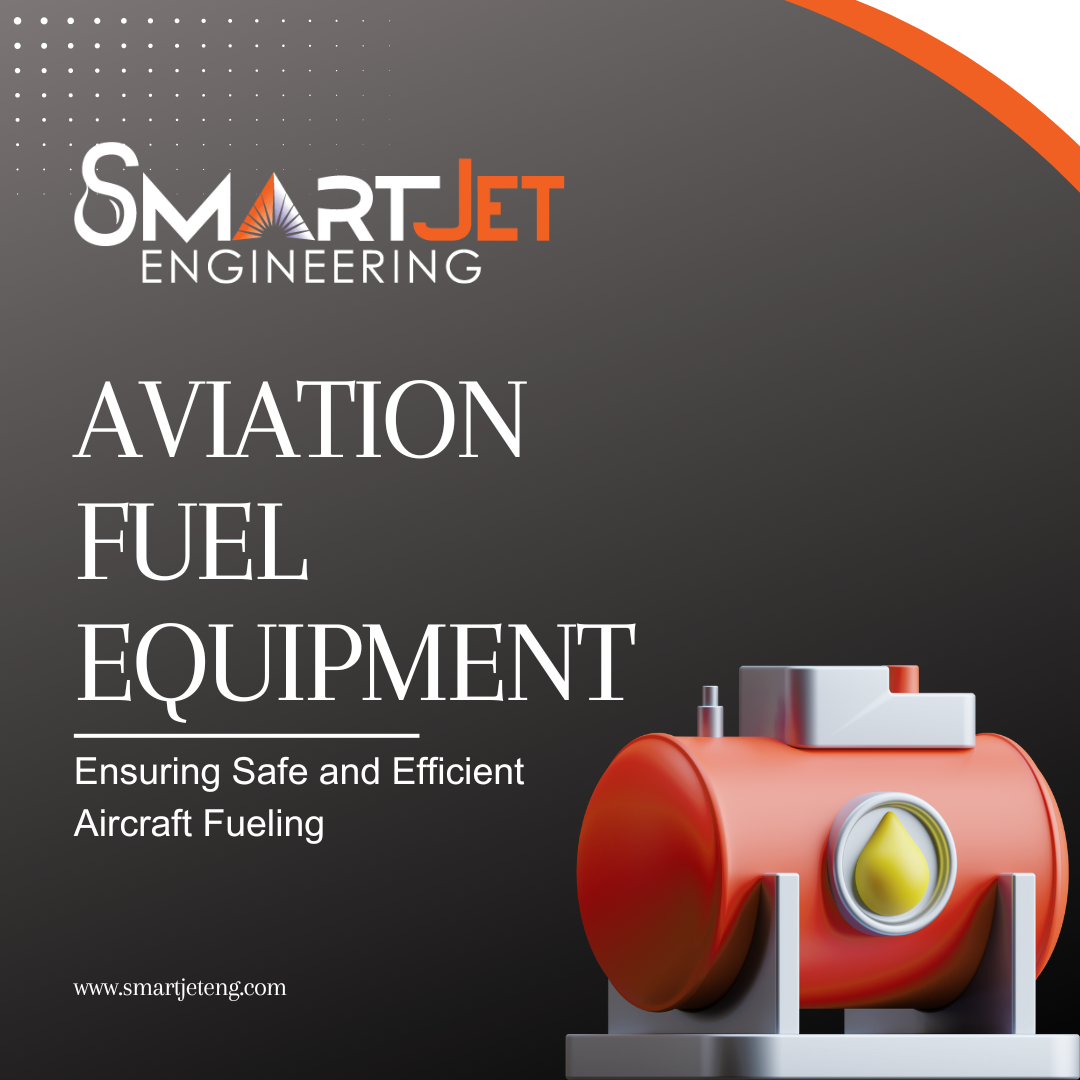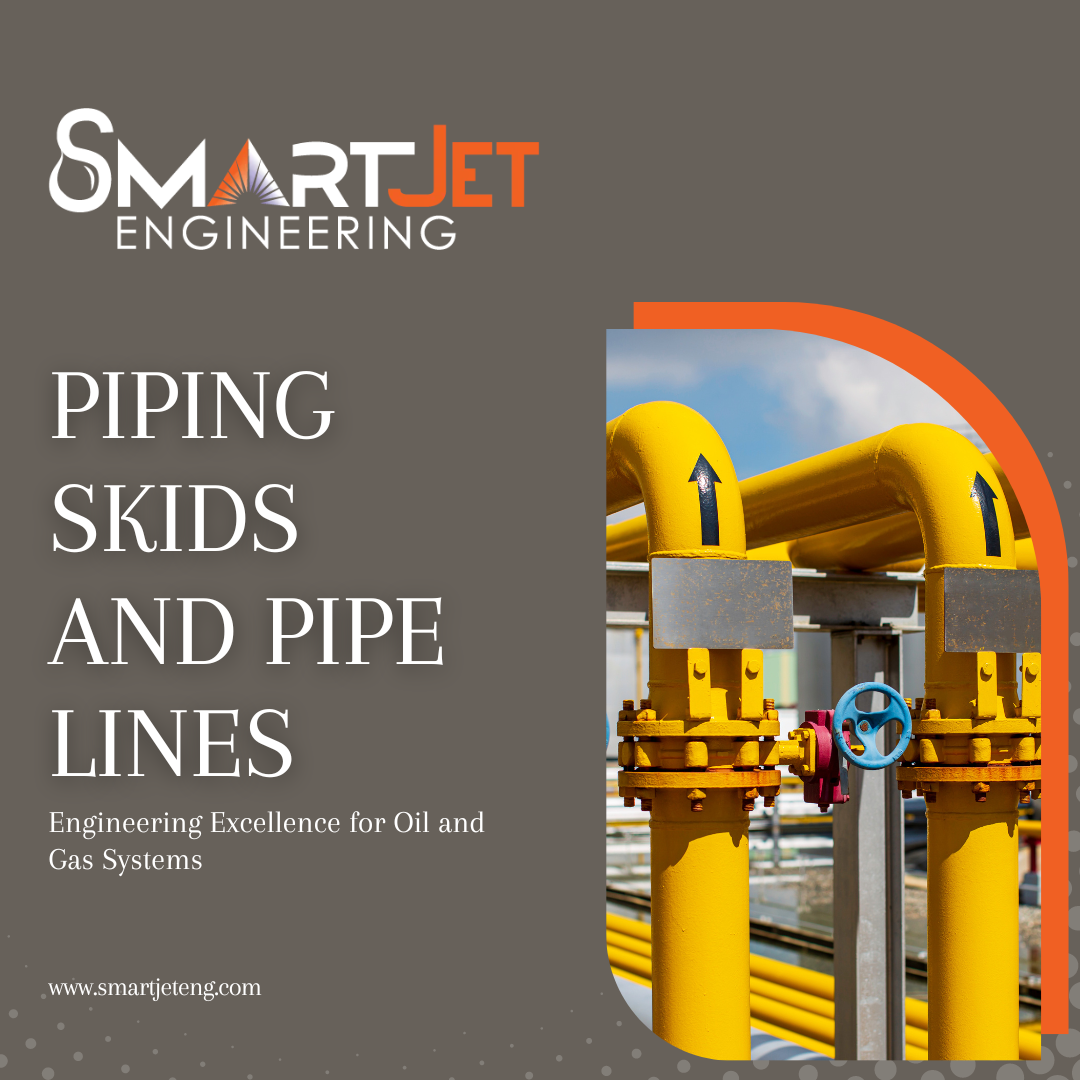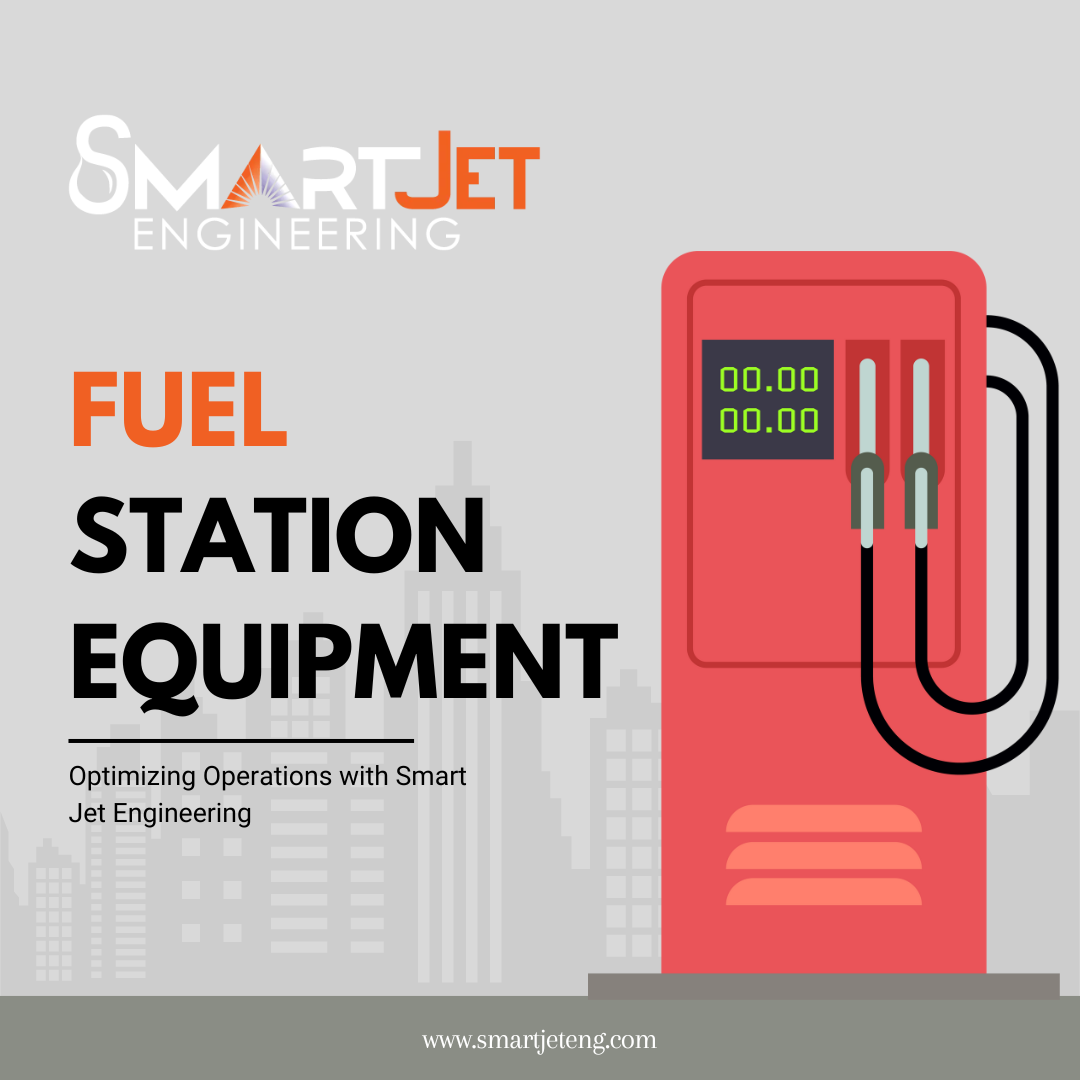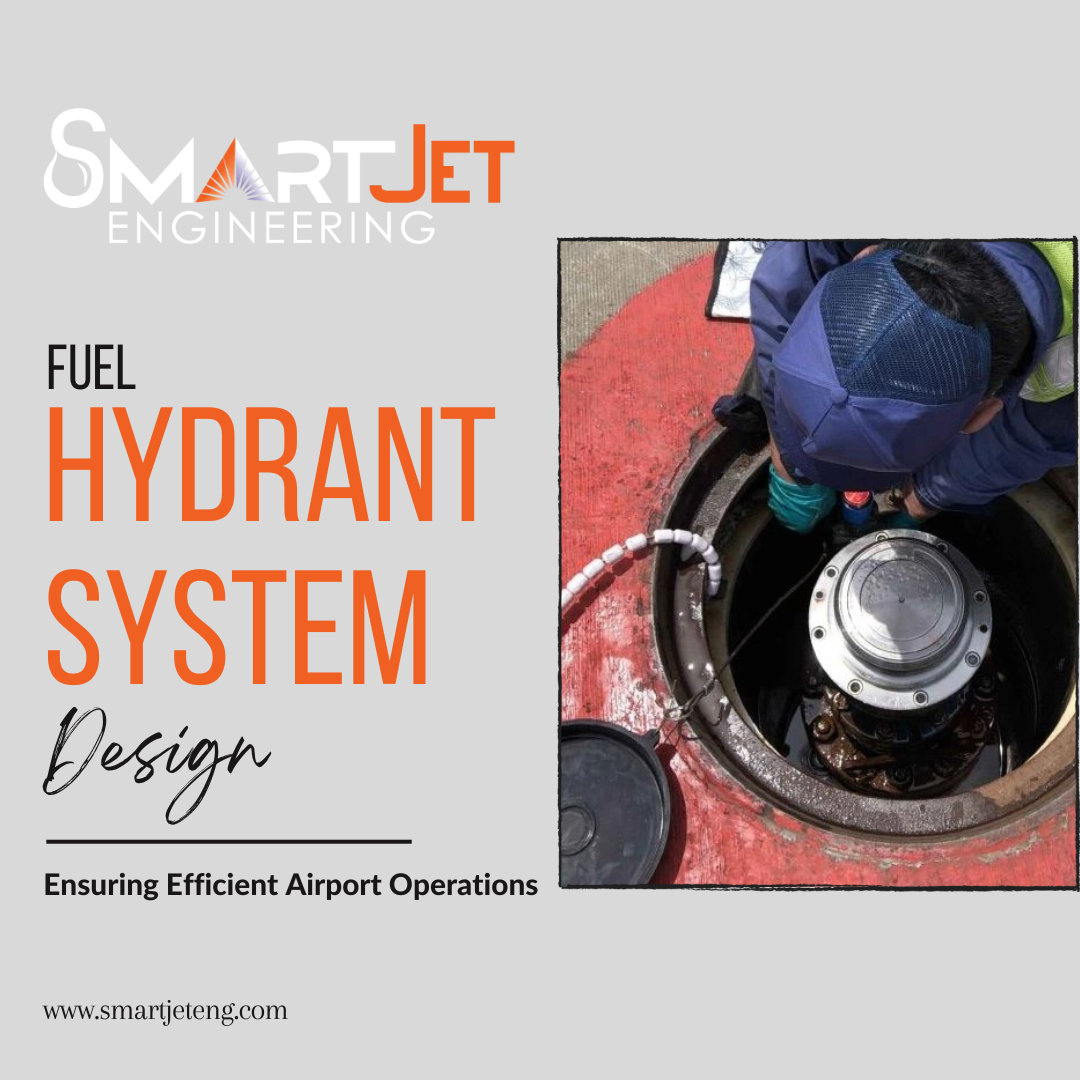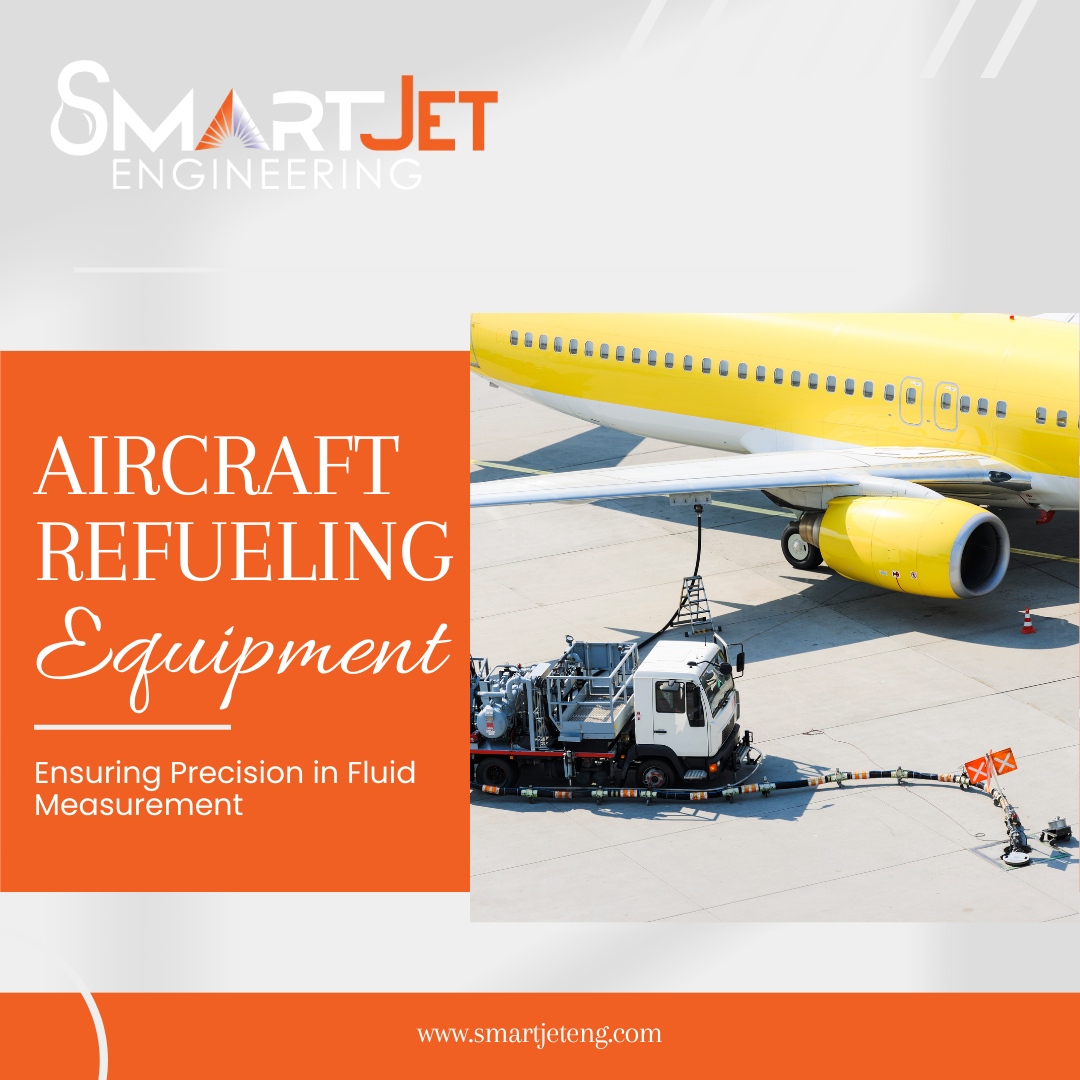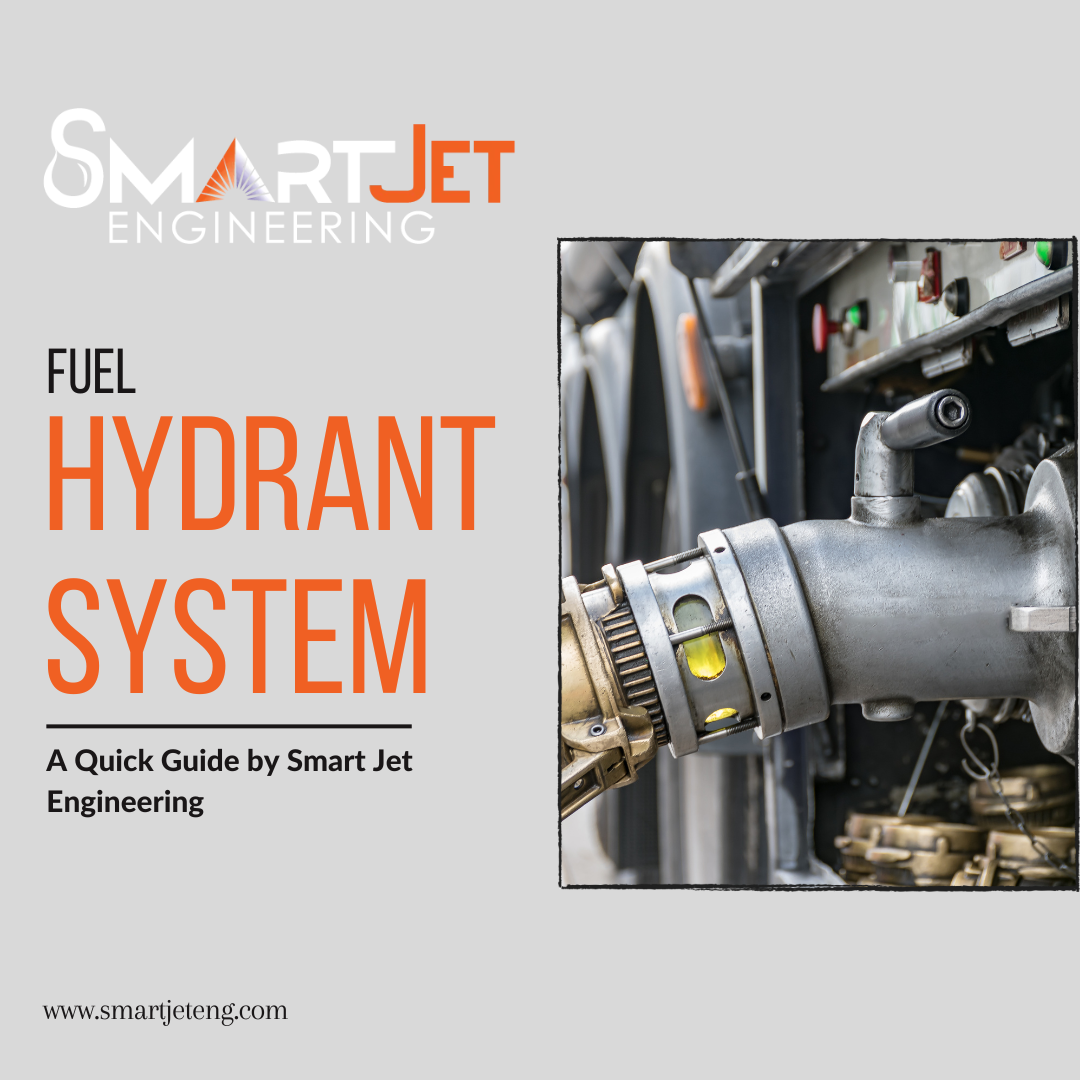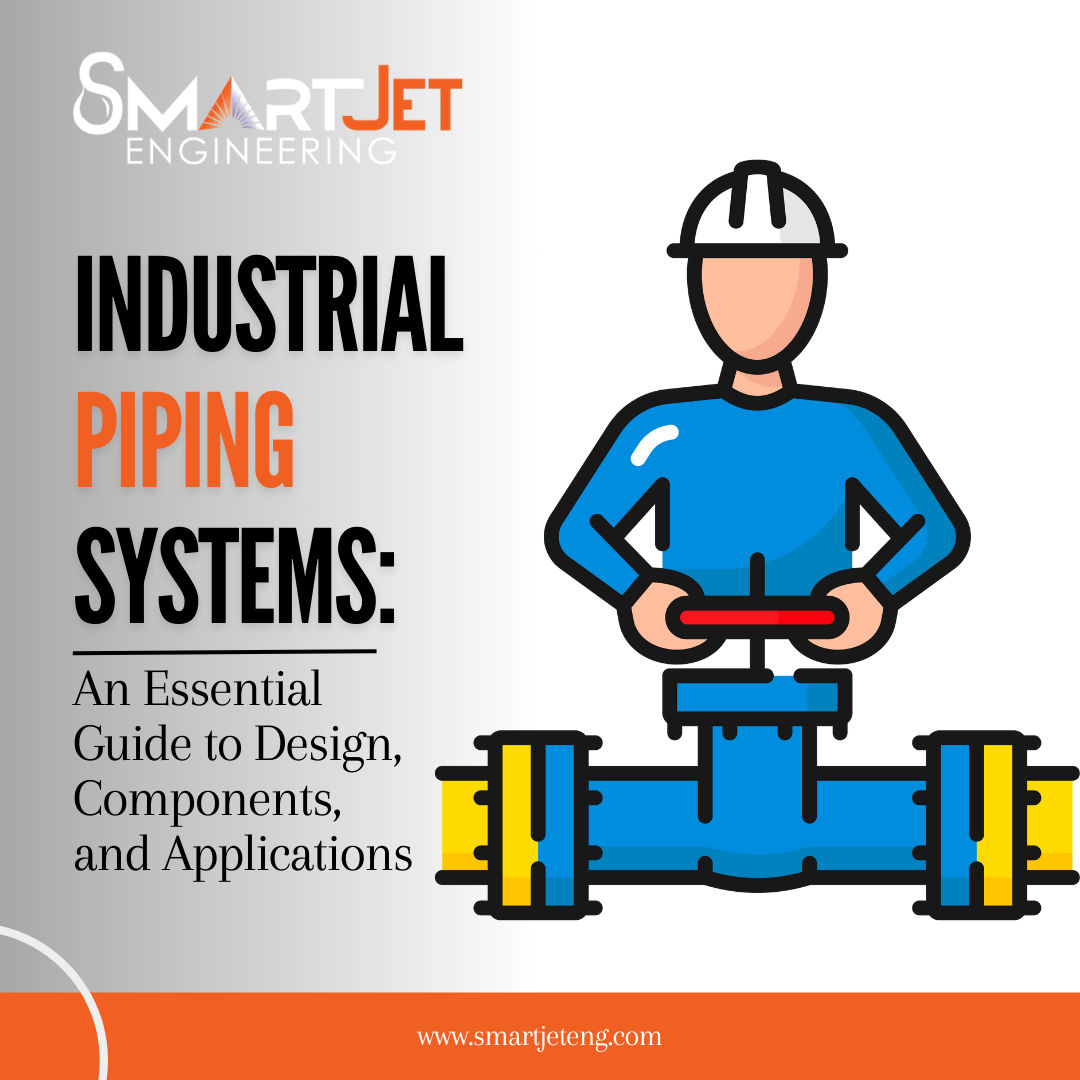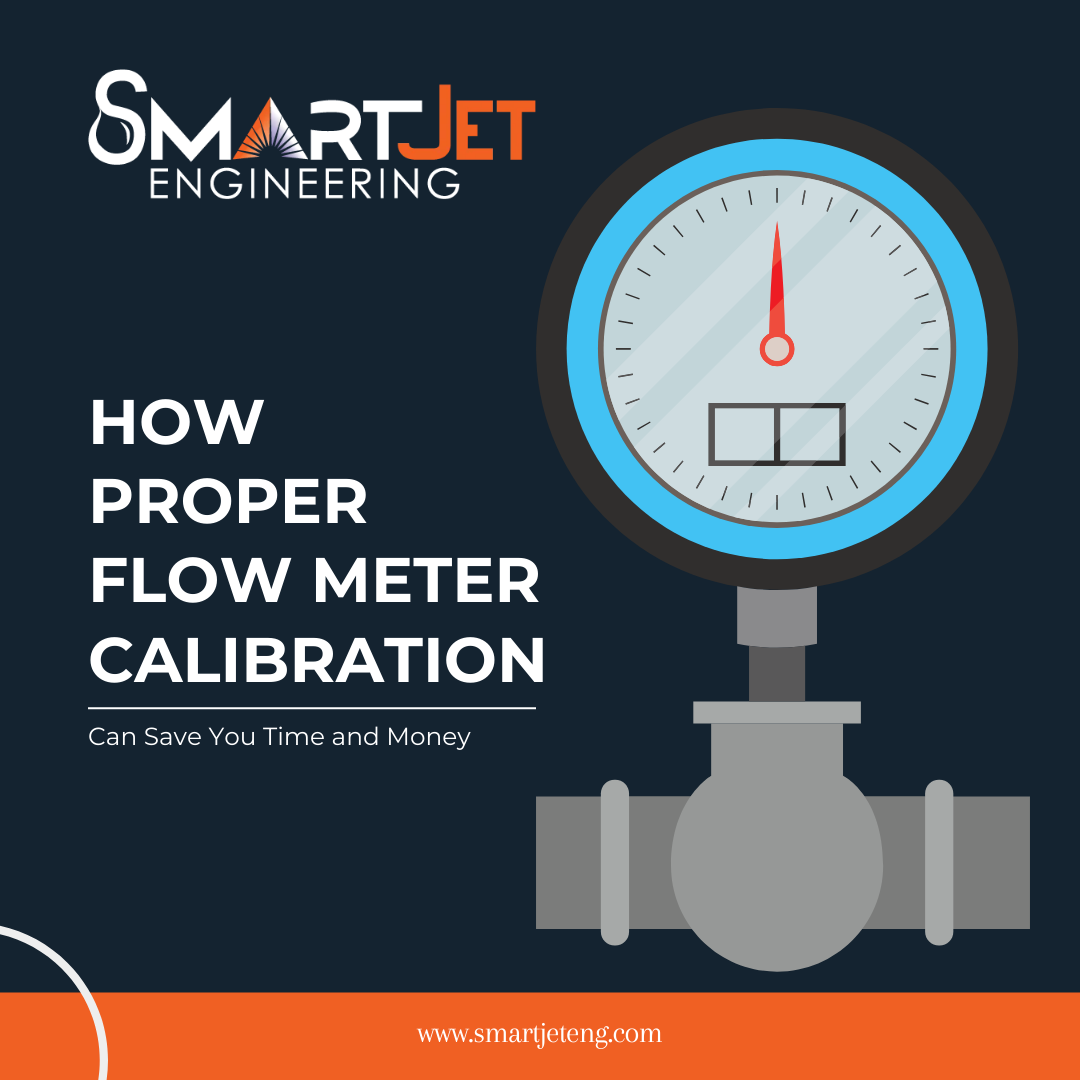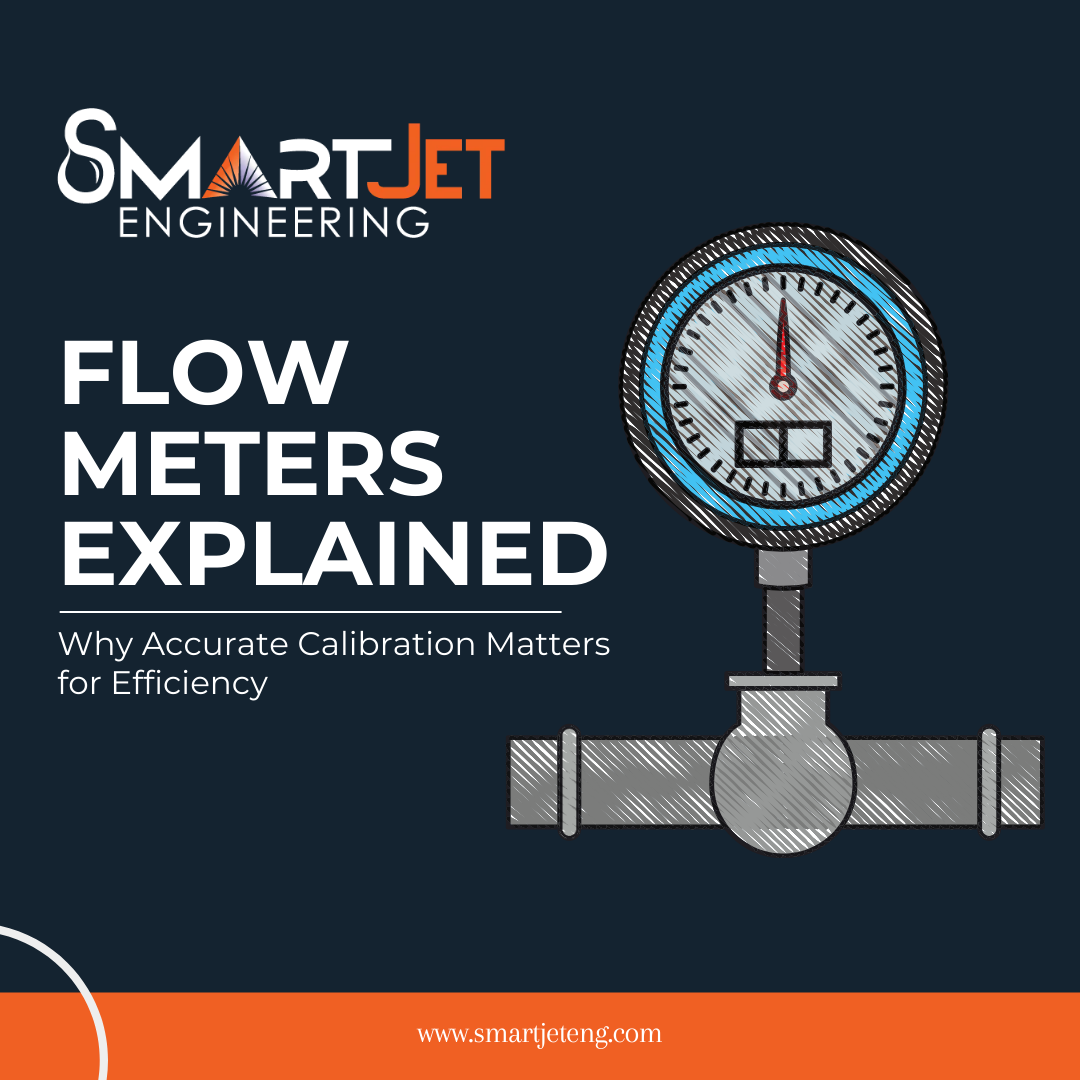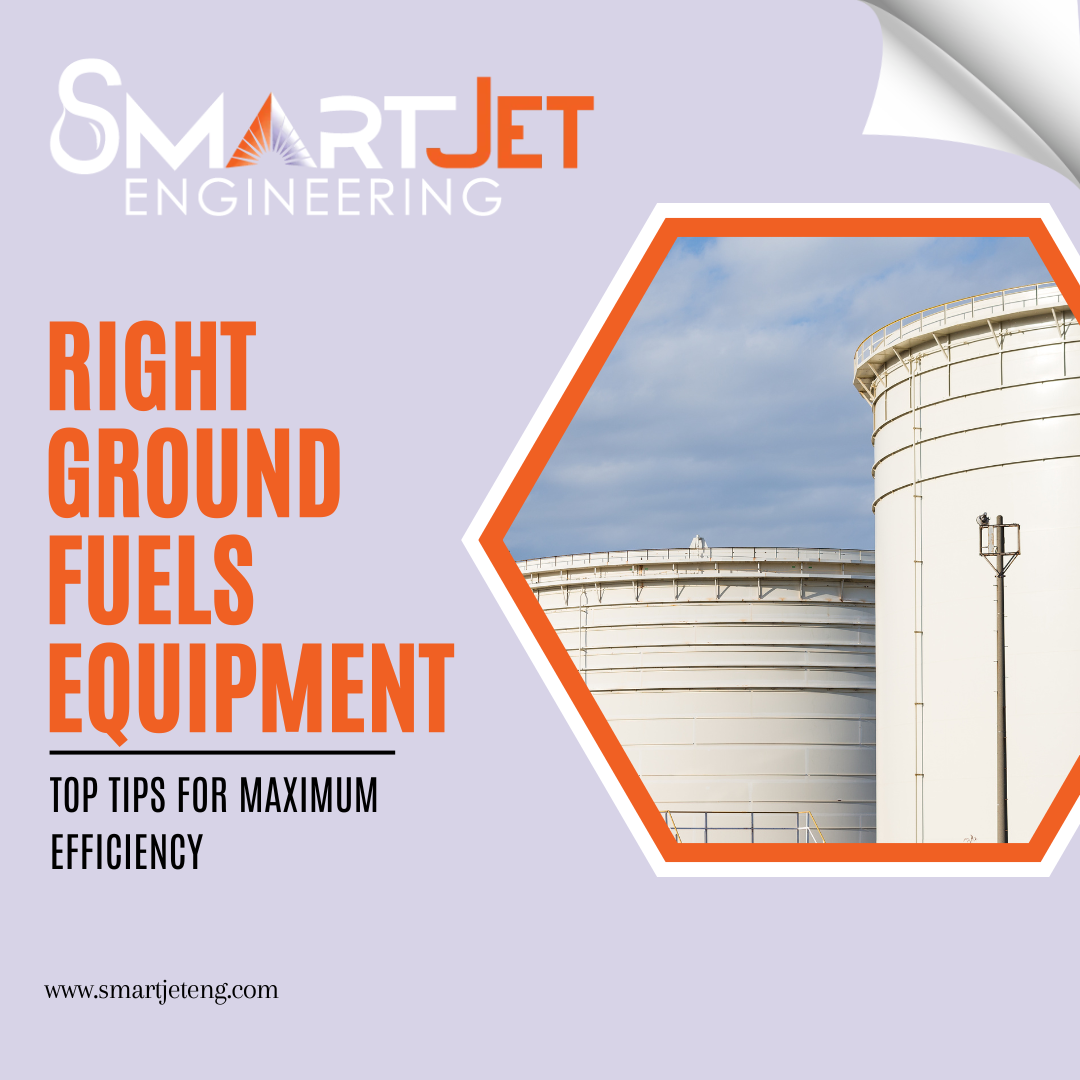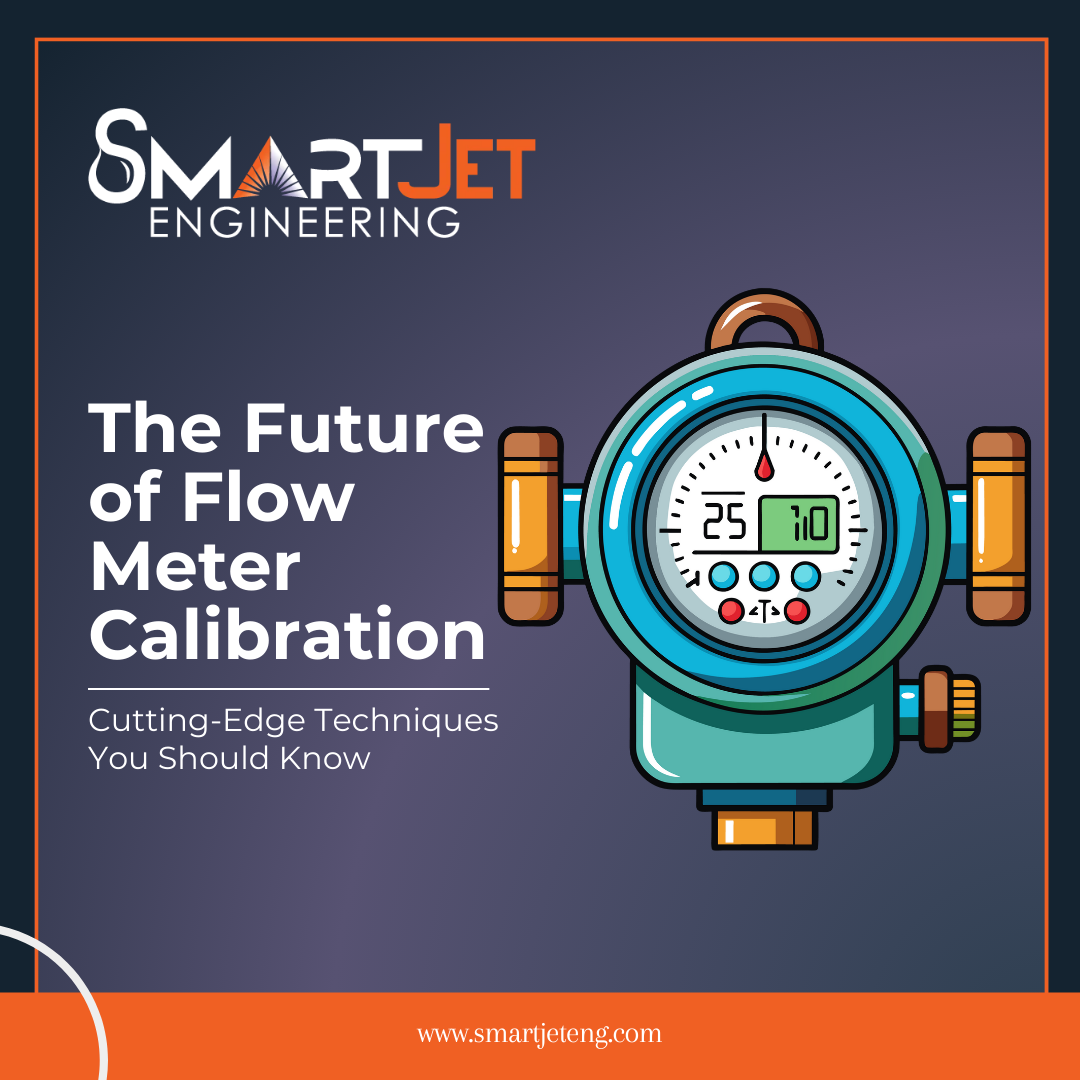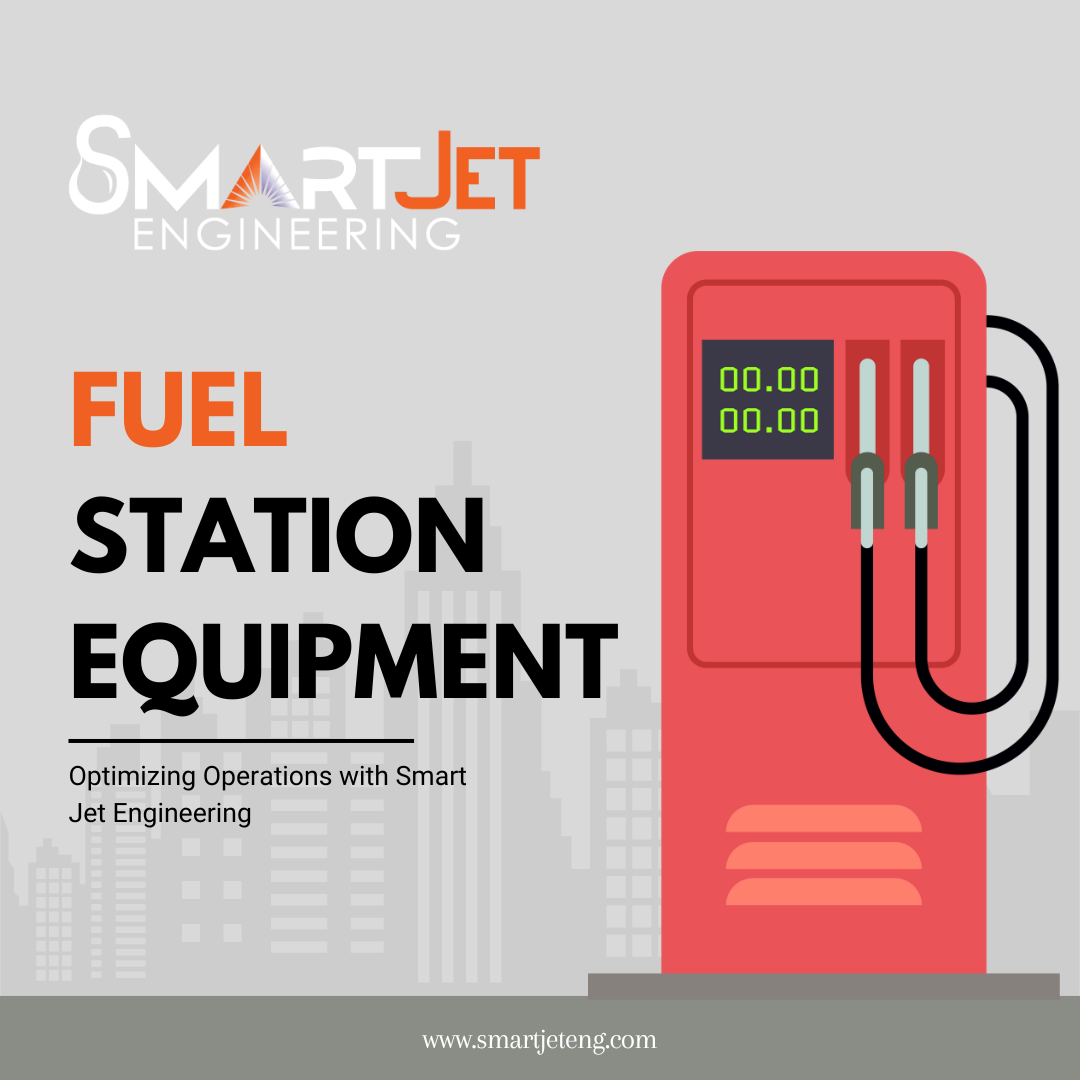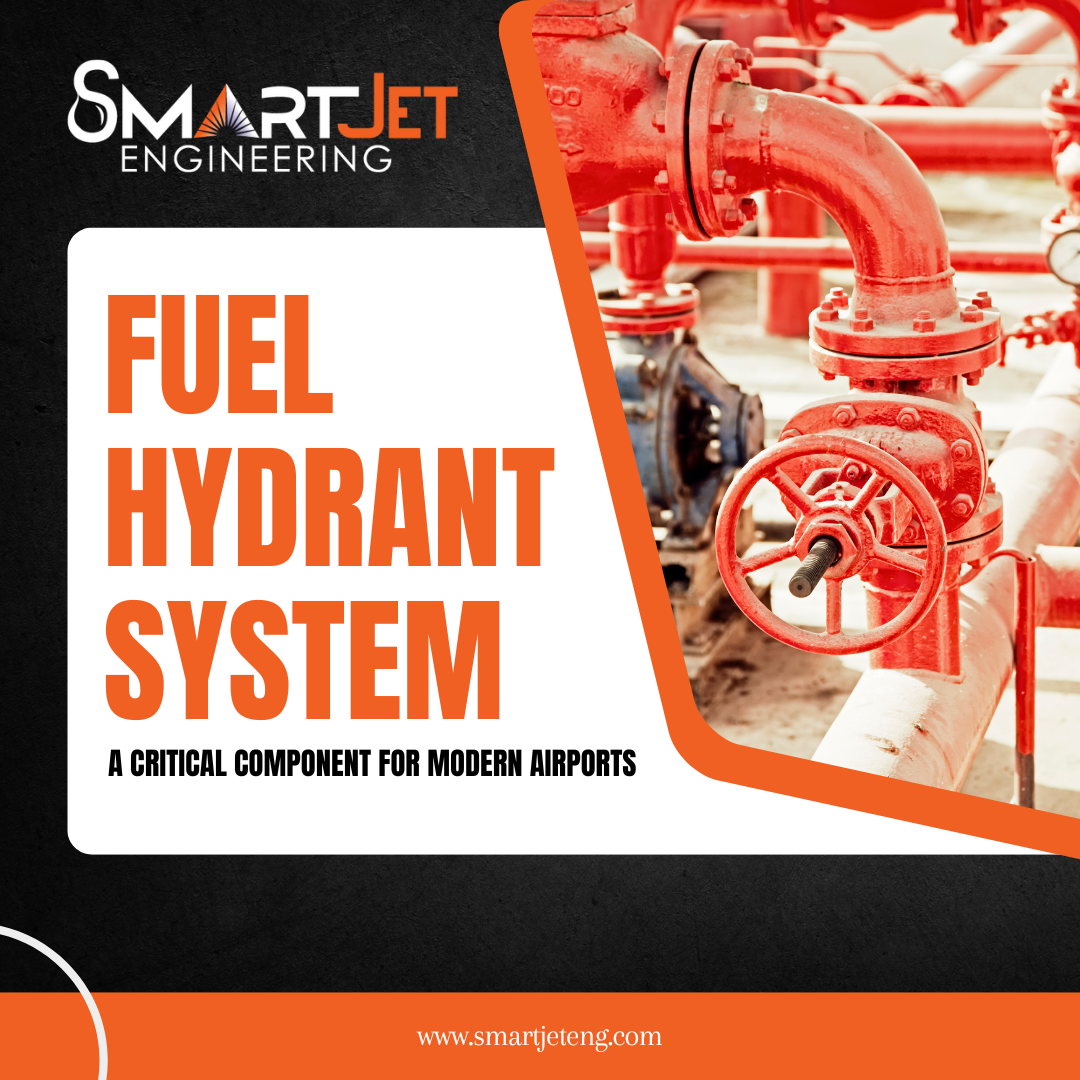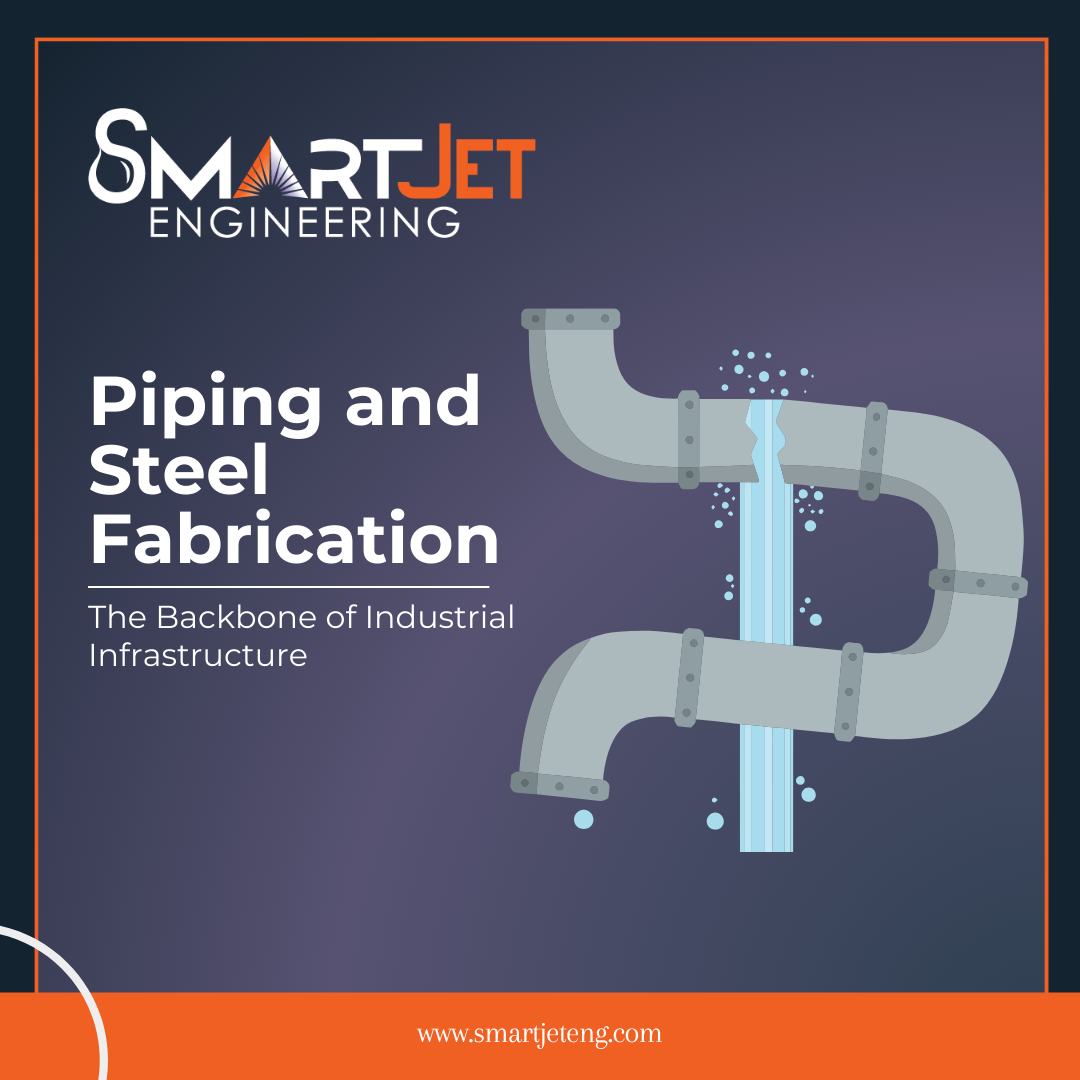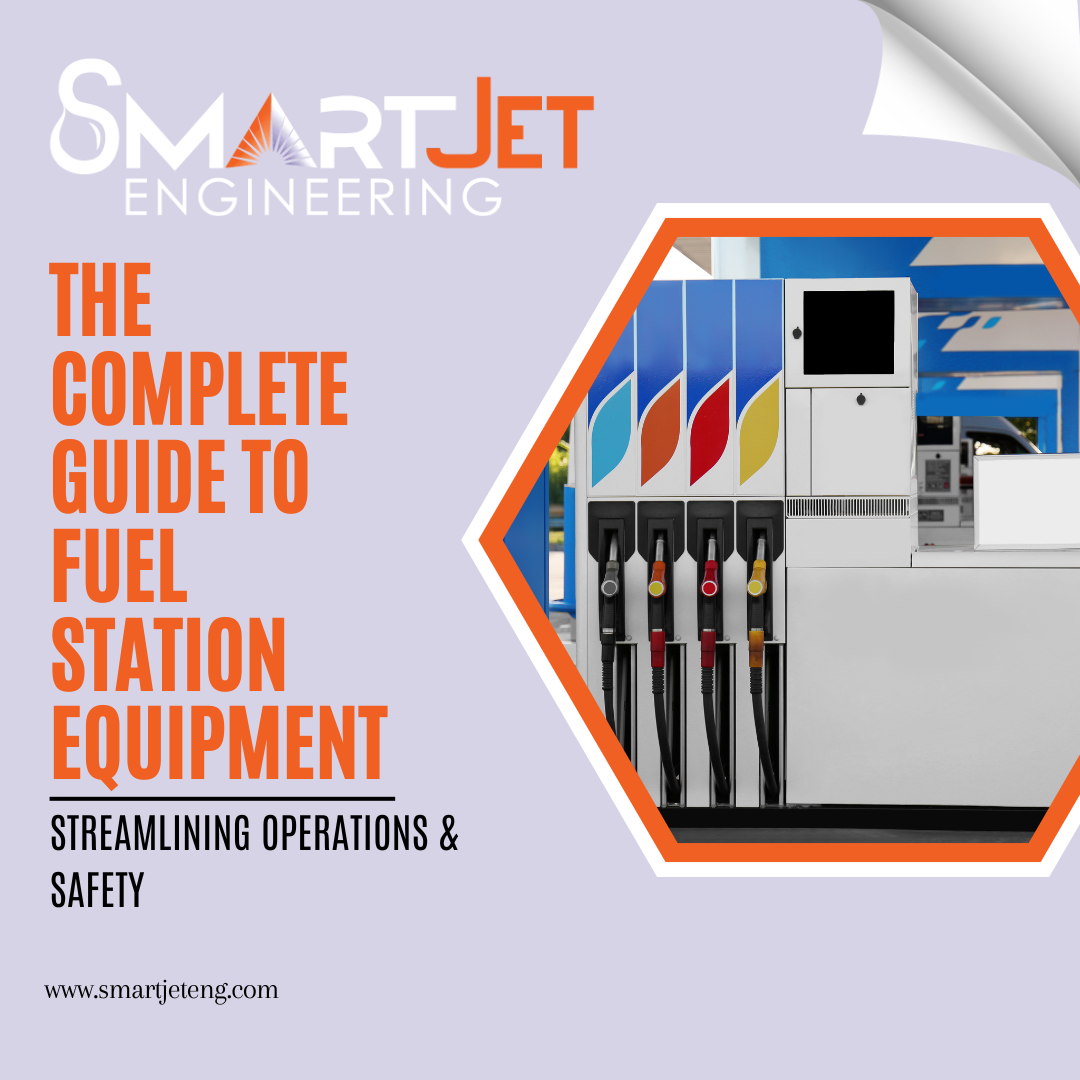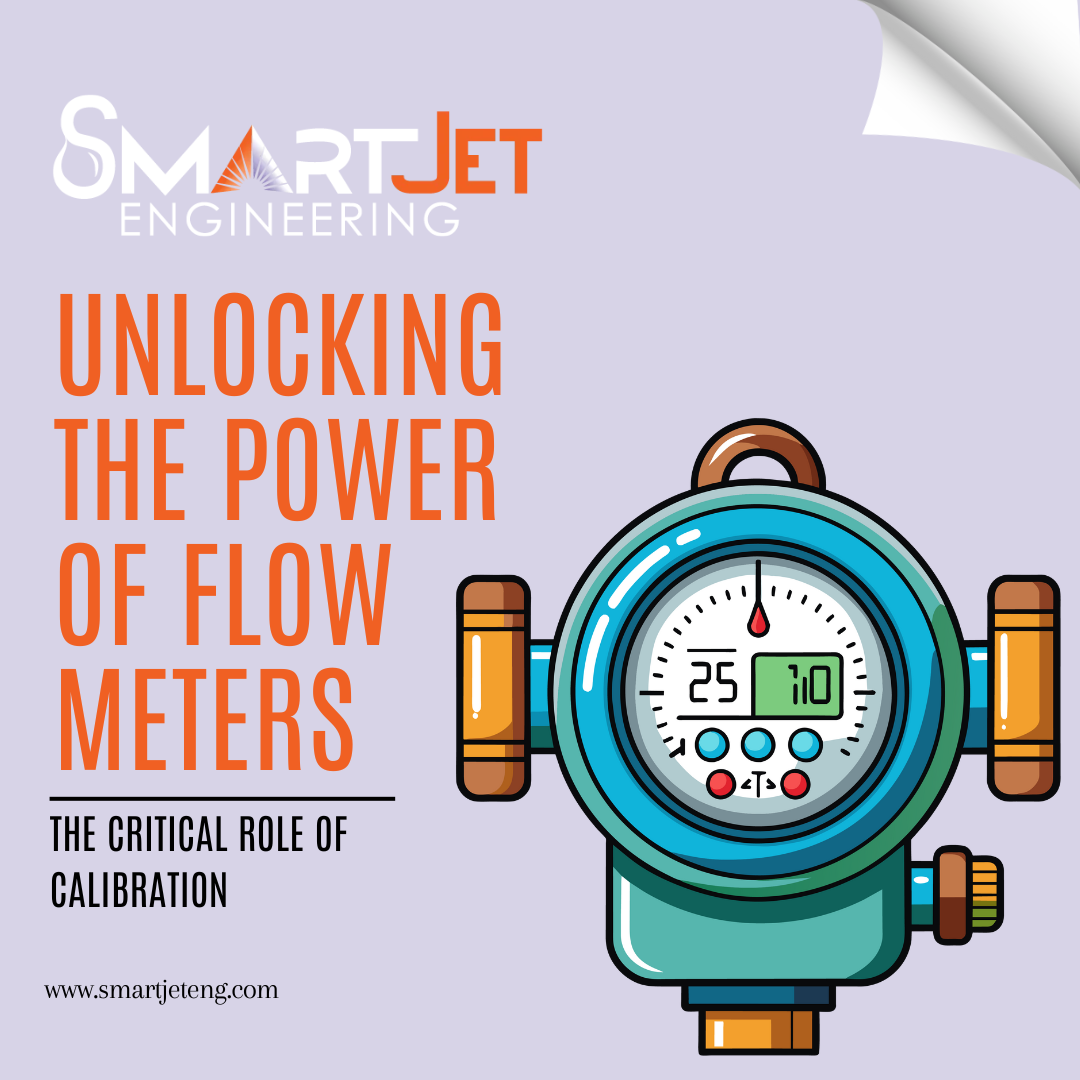Why Accurate Flow Meter Calibration is Essential for Precision Measurement
By - Admin

In industries where fluid flow measurement is critical, flow meters play a crucial role in ensuring efficiency, quality, and safety. From water treatment facilities to oil refineries, these devices provide essential data that helps engineers and technicians monitor and control various processes. However, no matter how advanced a flow meter is, its readings can become unreliable over time if it isn't properly calibrated. Accurate flow meter calibration is essential for maintaining precision in measurement, which in turn impacts operational efficiency, cost savings, and regulatory compliance.
In this article, we’ll explore why flow meter calibration is vital and how it contributes to more precise measurements.
What is Flow Meter Calibration?
Flow meter calibration is the process of comparing the measurements provided by a flow meter to a known standard or reference. Calibration ensures that the flow meter produces accurate data by adjusting its readings to match the actual flow of a fluid. Over time, even high-quality flow meters may deviate from their true readings due to factors like wear and tear, environmental changes, or residue buildup within the system.
To recalibrate, technicians use calibration instruments and standards that measure the actual flow. The difference between the meter's reading and the actual flow is then used to adjust and correct the meter. This process ensures that the flow meter continues to deliver accurate measurements, which is vital for any operation where fluid dynamics play a key role.
Why Do Flow Meters Lose Accuracy?
Flow meters can lose accuracy over time for various reasons, including:
- Mechanical Wear: Moving parts in some types of flow meters, such as turbine flow meters, can wear out over time, affecting accuracy.
- Clogging and Residue Buildup: Particles, debris, or residues from fluids passing through the flow meter can accumulate and interfere with accurate measurement.
- Environmental Factors: Changes in temperature, pressure, or humidity can also affect the calibration of flow meters, particularly in sensitive environments like chemical plants.
- Aging Equipment: Over time, the technology in flow meters can become outdated or less reliable, requiring more frequent calibration to ensure precision.
Even minimal errors in flow measurements can lead to significant problems in terms of efficiency, costs, and safety. This is why regular calibration is necessary.
The Impact of Accurate Flow Meter Calibration on Industries
Flow meter calibration is not just a technical requirement. It directly impacts several aspects of industrial operations:
1. Process Efficiency
A flow meter that delivers inaccurate readings can result in inefficient processes. For instance, in industries like food processing or pharmaceuticals, exact fluid measurements are crucial for maintaining product quality. Over or under-delivery of fluid components can lead to defective products, production slowdowns, or even the need for expensive recalls.
2. Cost Savings
When flow meters are accurately calibrated, you avoid costly errors in fluid usage. For example, in the oil and gas industry, slight inaccuracies in flow measurement can lead to substantial financial losses. On the flip side, accurate flow data can optimize resource use and minimize waste, driving down operational costs.
3. Regulatory Compliance
Many industries are subject to strict regulatory standards regarding fluid measurements. In sectors like water management and environmental monitoring, accurate flow data is required for compliance with governmental regulations. An uncalibrated flow meter may lead to non-compliance, resulting in hefty fines and legal issues. Ensuring that flow meters are calibrated helps businesses meet these regulations and avoid penalties.
4. Safety Concerns
In certain industries, especially those dealing with volatile or hazardous fluids, flow meter accuracy can be directly tied to safety. An incorrect flow measurement might lead to dangerous conditions like over-pressurization, which could cause accidents, explosions, or leaks. Regular calibration ensures that flow meters perform as expected, minimizing the risk of unsafe conditions.
How Often Should Flow Meters Be Calibrated?
There is no one-size-fits-all answer to this question, as the frequency of calibration depends on several factors:
- Industry Standards: Some industries, like pharmaceuticals, have stricter guidelines on how often flow meters should be calibrated.
- Type of Flow Meter: Different flow meters (turbine, ultrasonic, electromagnetic, etc.) may require varying calibration intervals based on their design and durability.
- Operating Conditions: Flow meters in harsh environments, such as extreme temperatures or high-pressure systems, may require more frequent calibration.
- Usage Intensity: Flow meters used continuously or in critical processes are more likely to need regular calibration compared to those used less frequently.
A good practice is to follow the manufacturer’s recommendations, but as a general rule, annual calibration is standard in most industries. For highly critical processes, more frequent calibrations may be necessary.
The Calibration Process: How It’s Done
The process of flow meter calibration involves several key steps:
1. Initial Testing
Before recalibrating the flow meter, the technician will test its current accuracy by comparing its readings with a known reference or calibration standard. This is done to identify any significant deviations.
2. Adjustment
If deviations are detected, adjustments are made to the flow meter. The goal is to align its measurements with the actual flow rate.
3. Verification
Once adjustments are complete, the flow meter is tested again to ensure the corrections have been successful. This step verifies that the meter now delivers accurate readings.
4. Documentation
Proper documentation of the calibration process is critical for record-keeping, regulatory compliance, and future calibrations. This includes recording the “as-found” (before calibration) and “as-left” (after calibration) conditions of the flow meter.
The Role of Calibration Laboratories
Many industries rely on specialized calibration laboratories for precise flow meter calibration. These laboratories have the necessary equipment and expertise to perform highly accurate calibrations using traceable standards. Accredited calibration labs follow international guidelines, such as ISO/IEC 17025, to ensure the highest level of measurement accuracy.
In-House vs. Third-Party Calibration: What’s the Best Choice?
Some companies have the capability to perform flow meter calibration in-house, while others opt for third-party calibration services. Both options have their pros and cons.
- In-House Calibration: Companies that have their own calibration equipment can perform quick, on-demand calibrations. However, this requires a significant investment in both equipment and training.
- Third-Party Calibration: Relying on an external calibration service ensures the process is handled by experts with access to advanced tools and standards. This is often the best choice for companies that do not need frequent calibration or lack the necessary resources for in-house calibration.
Choosing the Right Calibration Provider
When selecting a calibration provider, it's essential to consider factors such as:
- Accreditation: Ensure the provider follows international standards and has accredited laboratories.
- Turnaround Time: Quick turnaround is crucial to avoid downtime in critical processes.
- Reputation: Look for a provider with experience and positive reviews in your industry.
Conclusion
Accurate flow meter calibration is crucial for ensuring precision in any industry where fluid measurement is key. It not only improves operational efficiency but also helps maintain compliance with regulatory standards and ensures safety. Regular calibration keeps flow meters functioning optimally, reducing risks and minimizing costs.
At Smart Jet Engineering, we understand the importance of precision measurement and offer tailored calibration solutions to meet your specific needs. Trust us to keep your operations running smoothly with accurate and reliable flow meter calibrations.
FAQs
Q1. How do I know if my flow meter needs calibration?
You should consider calibrating your flow meter if you notice irregular readings, if it's been a year since the last calibration, or if you operate in harsh conditions that may affect its accuracy.
Q2. Can I calibrate a flow meter myself?
While some companies have in-house capabilities, calibration requires specialized knowledge and equipment. It's often best to rely on professional calibration services for accurate results.
Q3. How long does flow meter calibration take?
The time required for calibration varies, but it typically takes a few hours to a day, depending on the type of flow meter and the extent of recalibration needed.
Q4. What happens if a flow meter is not calibrated regularly?
Inaccurate flow measurements can lead to inefficiency, higher operational costs, regulatory non-compliance, and even safety hazards, depending on the application.
Q5. What is the cost of flow meter calibration?
The cost can vary based on the complexity of the meter, the calibration method, and the service provider. It's an investment that often pays off by improving process efficiency and avoiding costly errors.
Search
Popular Posts
Tanker Refurbishment and Modification Services in UAE | Smart Jet Engineering
August 21, 2025
Structural Steel Fabrication and Assembly Services in UAE | Smart Jet Engineering
August 21, 2025
Steel Fabrication Services in Ajman, UAE | Smart Jet Engineering
August 21, 2025
UL 142 Certified Self-Bunded Modular Fuel Tanks Supply in UAE | Smart Jet Engineering
August 21, 2025
Turnkey Contracting for Aviation Fuel Systems & Infrastructure in UAE | Smart Jet Engineering
August 21, 2025



